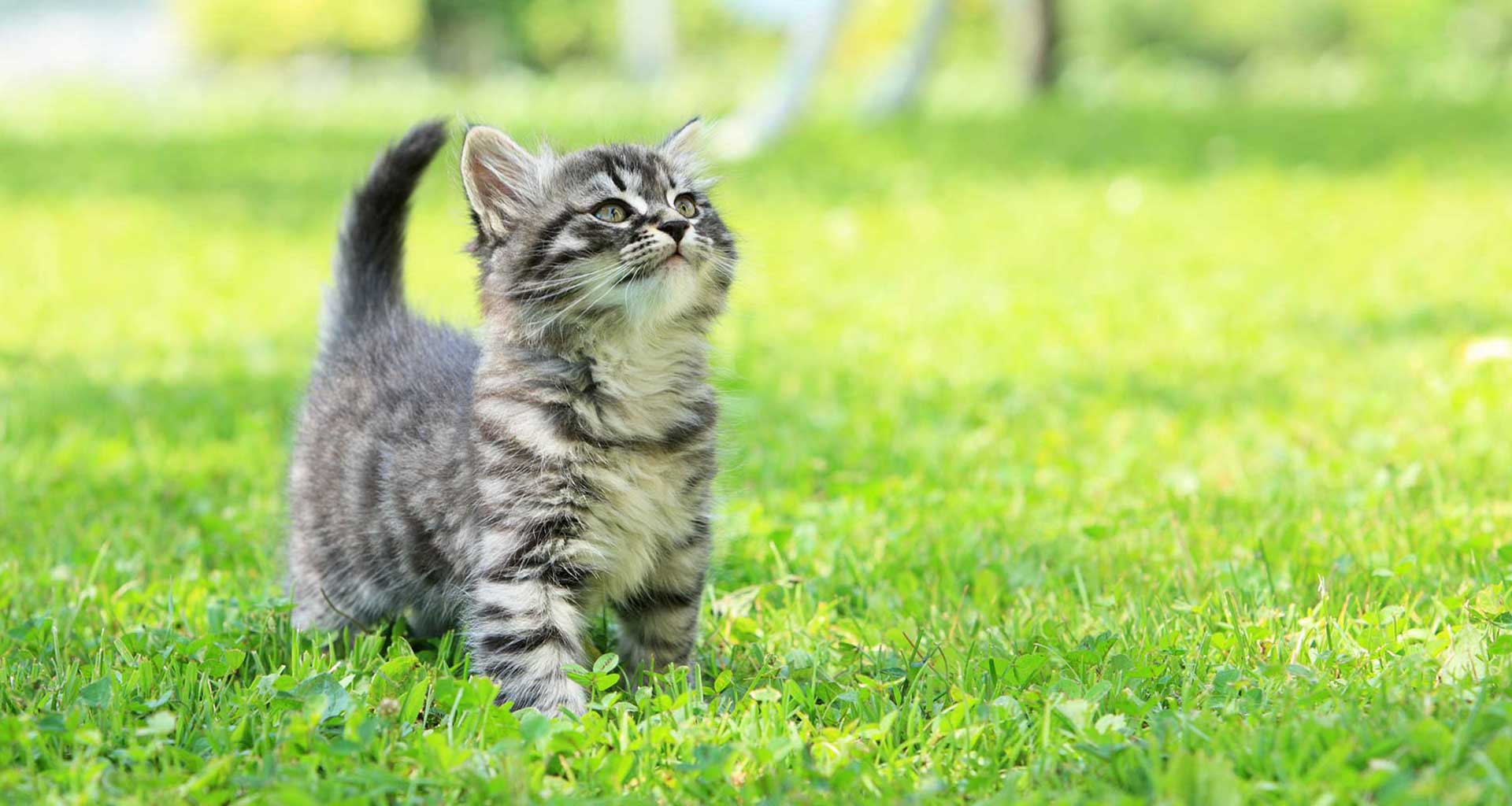Our pets are naturally curious and tend to explore the world around them with their mouths. Dogs, in particular, have a knack for chewing on things, and cats are no exception. This can be a problem if you have poisonous plants in your home.
But how can you determine if a houseplant is safe or toxic for your furry friends? In this article, we will guide you on what to look out for and how to choose indoor plants that not only look great but also pose no threat to your pets.
Houseplants that are Poisonous to Pets
There are numerous indoor plants that can be dangerous to your pets. For example, pink and yellow oleander may appear beautiful in a pot, but every part of the plant is poisonous. Even the sap from your lovely poinsettia can cause skin irritation.
From enchanting lilies to gorgeous geraniums, plenty of plants can make your cat or dog seriously ill. If you have aloe vera, azaleas, cyclamen, philodendron, or tulips in your house, it’s best to give them to a friend who doesn’t have pets.
Check out our article on 10 common plants and flowers that are toxic to cats and dogs for a comprehensive list and the symptoms your pet may experience if they ingest any of these poisonous plants. You can also visit the American Society for the Prevention of Cruelty to Animals (ASPCA) website for a detailed list of toxic plants to pets, complete with pictures to help you identify any culprits lurking in your home.
Safe Houseplants for Cats and Dogs
The good news is that there are plenty of plants that are safe and easy to grow indoors. Spider plants, ferns, colorful bromeliads, marigolds, and beautiful moon orchids are all harmless to both dogs and cats. Visit the ASPCA website for a list of houseplants that are safe for your pets.
Cats, in particular, seem to have a fascination with plants. Catnip (Nepeta cataria) being the obvious favorite. It’s easy to grow indoors and makes for a perfect houseplant. You could even try growing cat herbs such as cat mint (Nepeta mussinii) and cat thyme (Teucrium marum). Both cats and dogs enjoy eating grass as it aids in digestion, so consider keeping a pot of cat grass (Dactylis glomerata) for them to occasionally chew on.
What to Do If You Think Your Pet Has Been Poisoned
If you suspect your cat or dog has ingested something poisonous, there are several signs to watch out for. They may become lethargic, lose their appetite, experience vomiting and diarrhea, or even have a seizure. Check their gums to see if they appear abnormal (a healthy pink color is normal). If your pet displays any of these symptoms, contact a veterinarian immediately and be prepared to take your companion in for treatment.
Frequently Asked Questions
Is bromeliad toxic to dogs?
No, bromeliads are safe for dogs and cats. They are a colorful and appealing addition to your indoor garden, without posing any danger to your furry friends.
Are there any houseplants that are toxic to both cats and dogs?
Yes, there are some plants that are toxic to both cats and dogs. Examples include lilies, tulips, azaleas, and philodendron. It’s important to do thorough research before bringing any new plants into your home.
Conclusion
Ensuring the safety of your pets is crucial when selecting indoor plants. By being aware of which plants are toxic and which are safe, you can create a pet-friendly environment that is both beautiful and worry-free. Remember to keep an eye on your pets and consult a veterinarian immediately if you suspect they have ingested something harmful. With the right precautions, you can enjoy a thriving indoor garden while keeping your furry friends safe and happy.
